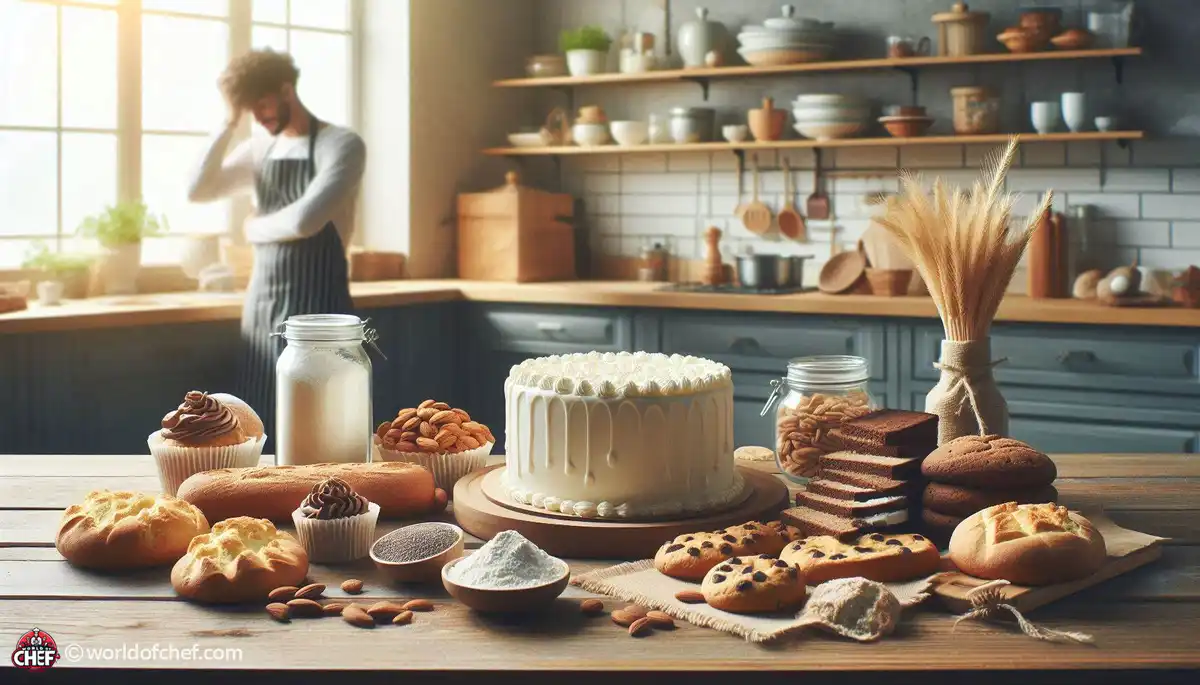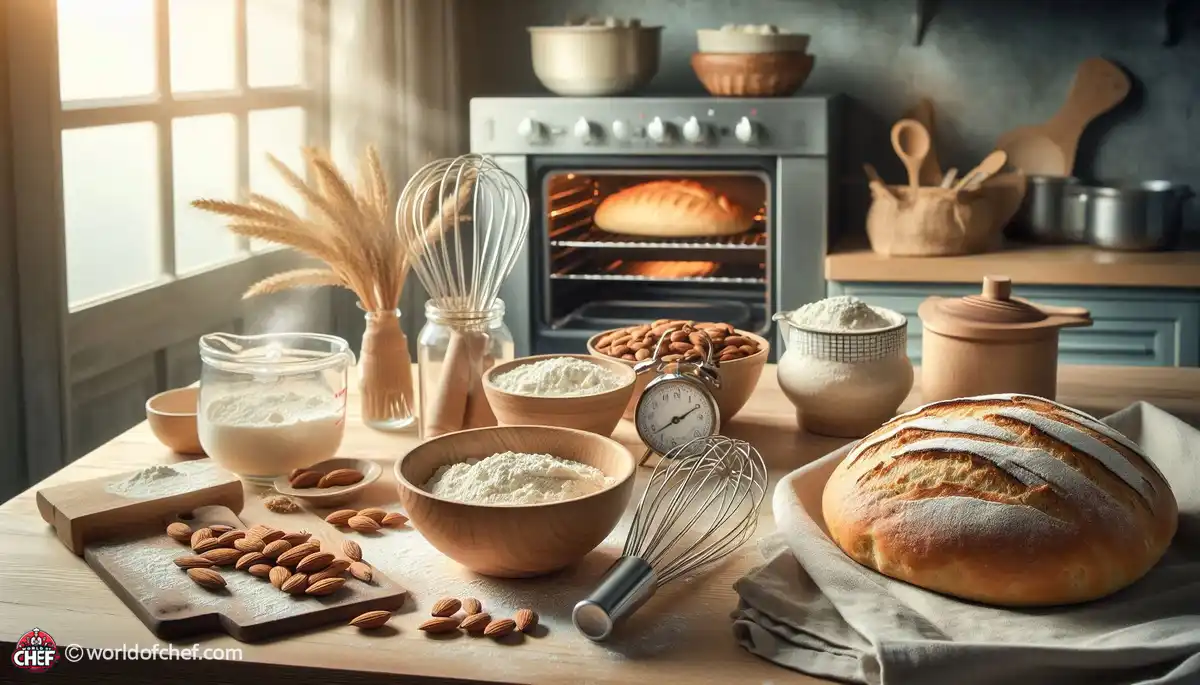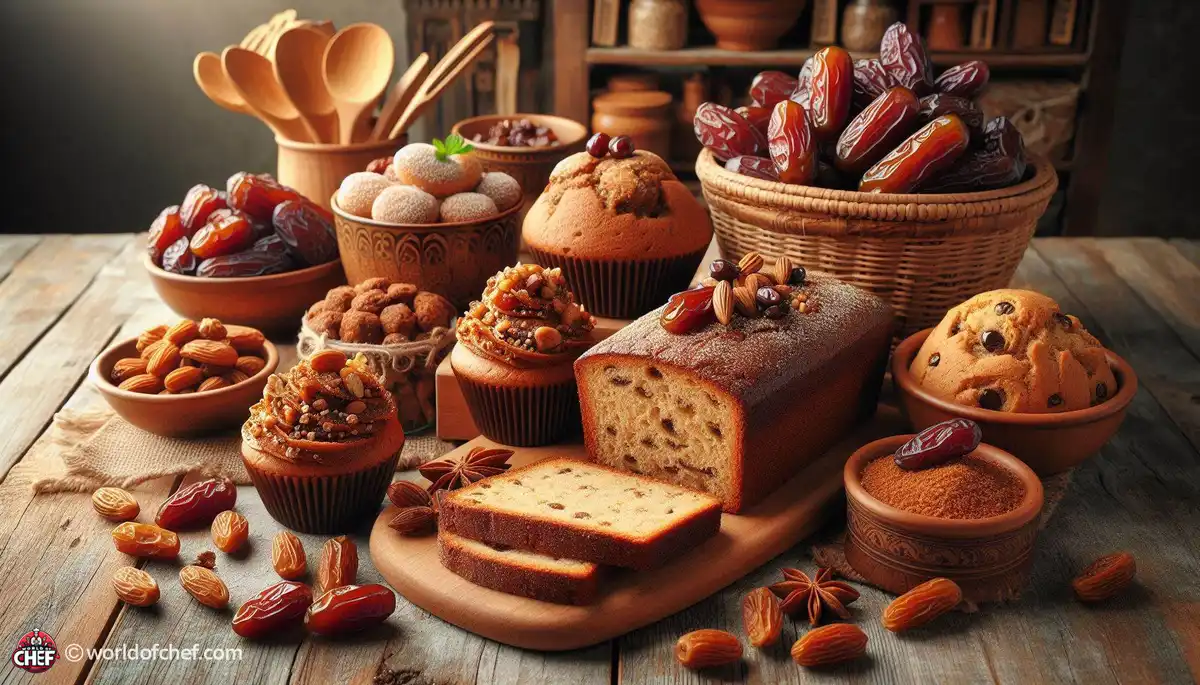
Understanding Oven Hot Spots and How to Bake Around Them
Russell Comeaux - Mar 30, 2025 - 13 min read


Achieving perfection in the texture of baked cookies depends on getting the right dough. Mixing dough sometimes appears to be the obvious part, but one easily and unconsciously overmixes the dough. Overmixed dough can turn a luscious treat into an unpalatable dense disappointer. Knowing how one is overmixing its cookie dough will enable everyone to bake the best-tasting cookies. Let's dig deeper into this.
Understanding Science behind Cookie Dough The Role of Gluten Formation
When you mix cookie dough, you are developing gluten, the protein that gives baked goods their structure. Gluten, in small amounts, helps your cookies hold together, but too much gluten makes cookies tough. This is especially important when using all-purpose flour because it has a higher protein content. When cookies are overmixed, the gluten strands become overly developed, giving a chewy texture, which is not what you want for classic cookies.
It's pretty amazing how a mixing process changes ingredients. When flour gets mixed with liquid, gluten starts forming. As you mix, those gluten strands get longer and stronger. That is pretty good for bread but definitely not so good for cookies. That basic principle might help you understand why you don't want to overmix cookie dough so it doesn't end up not rising or spreading properly.
Each ingredient in cookie dough plays a role, and when mixed, they combine in ways important to the final product. For instance, sugar is added for sweetness but can also help in retaining moisture and can also influence how spread the cookies are going to be when baking. Butter, on the other hand, adds richness and flavor but also texture if mixed wrongly.
The way you combine them matters. Excess mixture destroys the balance that could come from how it may be, making the biscuits hard or spread-out-like. When you would already know how each element impacts the mix, perhaps avoiding the overmix which makes your cookies so uneven and full of flavor, though unappealing,
This most common indication that you overmix your cookie dough is the fact that it turns dry and crumbly. It's a giveaway when the dough starts looking more like sand than a homogenous mixture. It mostly happens when you mix for too long after the ingredients come together. Too much gluten forms, leading to a dough that feels dry and inelastic.
A dry dough will give the cookies a break-easy texture, and most people will not want that; rather, they want a nice chewy bite. By adding more liquid in your attempt to salvage the dough, you may be disguising the problem. Just watch the texture as you mix it; if you are getting too dry then it is time to quit.
The baked cookie should not be tough or chewy. Only some cookie types, like the bagel, prefer their cookies to be chewy, while most recipes on how to make cookies ensure them to be soft and tender. If your baked cookies resemble rubber discs and are not those lovely things that you were expecting from a freshly baked cookie batch, then you have indeed overmixed your dough.
This can make for a pretty dense cookie, which is pretty disappointing if you are looking at something light and airy. Overmixing will impact the texture of your cookie, but it will also impact how your cookie spreads in the oven. So, instead of this great, even spread that happens when you have your nice cookies, you will notice that your cookies maintain their shape, which looks not so appetizing.
Mix the cookie dough until it has a specific consistency, which is smooth but holds a little shape. When the dough is batter-like or excessively shiny and sticky, it means that it has been overmixed. A good cookie dough should be pliable and tacky so that you can scoop it out without it sticking to your hands or the bowl too much.
In the event that the dough is beginning to pull away from the sides of the bowl in a strange manner or it is becoming too shiny, you should stop mixing. This shine is usually as a result of overmixing the fats in the dough, which will be a determinant of the outcome of the final baked item. Take note of how your dough looks at this point because it might keep you from getting into a trap of overmixing.
Lack of cohesion in the dough is another visual sign that it has been overmixed. Cookie dough that was mixed correctly should hold very well together and form into a ball when gathered together. If your dough falls apart or crumbles in your hands as you're trying to form it into a ball, then the gluten has been over-developed. This lack of cohesion means that your cookies will not hold their shape in the oven and so will be lopsided and unappealing.
Note the way your dough behaves. When it will not come together, you should quit kneading. These is an indication of the sight you will see and this is what can keep you from pulling out the oven with a tough, crumbly cookie by knowing your dough to have just the right texture for fabulous outcomes.
When you sample a little bit of your cookie dough before baking, it should feel silky and creamy on your palate. Grainy or gritty texture indicates overmixing. Overworking the dough can break down sugar and flour particles and result in an undesirable mouthfeel which detracts from the general cookie experience.
A gritty texture may also result from your failure to cream your fats and sugars well at the beginning of mixing. This is made worse by overmixing at the end, which is a perfect double whammy. You can simply taste your dough. If it feels off, then you need to re-think your mixing. Unappealing Flavor Shifts
Besides texture, the flavor of your cookie dough may also be changed if you overmix it. Prolonged mixing changes the way your ingredients will interact with one another; sometimes, an overly pronounced floury taste results from this. Thus, it can make the cookies uninviting or bland in flavor, whereas you may have wanted some of those flavors to highlight.
A good mixing dough should give a cohesive flavor profile, meaning that both the sugar sweetness and richness of butter as well as added elements such as chocolate and nuts should come out bright. If you get that off-putting and unbalanced flavor, chances are that your dough might have been overmixed.
One of the simplest methods to prevent overmixing is to mix your dough just until the ingredients are combined. This means to stop mixing once there are no dry flour spots left on the dough. It takes a little practice to master what "just combined" looks and feels like; however, this skill has proven to be invaluable when it comes to getting right texture for cookies.
The process of mixing helps you develop this technique by paying close attention. Folding in dry ingredients along with a rubber spatula after mixing will keep track of control over the consistencies and avoid overworking the gluten. This in turn, will help you manage the dough even better.
The type of mixing tool will also influence your mixing technique. Electric mixers make an excellent efficiency tool, however are easily liable for overmixing the batter if you are careless about the time spent beating them. Hand mixers are better suited for some and mixing by hand, or using a spatula, or wooden spoon helps much more in terms of personal judgement. You can truly be able to feel your way through the dough consistency until you stop mixing just the right moment.
Third, when using an electric mixer, be sure to pay attention to the speed level. A slower speed is sometimes better because it can help you have better control not to overmix the dough, which may destroy the mix. Attentive practices at the mixing stage can further help you build good habits and will continuously yield nice cookie dough.
Once you mix your cookie dough, it is best to rest it before baking. That resting time allows the gluten to relax, which then makes for a more tender cookie. The dough is also given time to fully hydrate, which helps in improving the overall flavors and textures of your cookies. Many bakers often find that chilling the dough in the refrigerator enhances flavors even further.
Resting is particularly essential for dough that has overmixed. Sitting the dough may reduce some of the damage that has been caused, so the results would even be better. Do just remember to cover your dough so it doesn't get too dry, and that it's allowed ample rest for maximum cookie delightness.
A third benefit is the flavor that it gains over time. The more time it sits, the more flavors will meld together and deepen and generally creates a richer taste. It is particularly true with brown sugar in cookie recipes; the molasses can imbue the dough with much more complexity.
If you really feel up for baking now, freeze the dough for a couple of hours or a full hour at least. No matter the little time, you probably want to rest on the results, flavor, and the texture. So this first process of cookie dough mixing is what you should prioritize before perfecting the art of baking cookies into an edible treat.
It is every homely baker's art which one must master in learning the art of mixing a perfect cookie. If someone realizes that it is turning too dry and cookie to become tough, he finds his way with some specific signs or even by its visible indication, thus attuning the perfect mix into dough. Cookies dough ought to be mixed only enough till combined; therefore it requires the understanding of developing gluten for its best turnout.
The pleasure of baking does not only come from the end product but also from the learning process. With every batch of cookies, you get a chance to polish your skills and wisdom. The more you keep on trying, the better will be the feel and look that makes the dough and enables you to bake consistently yummy cookies.
Now that you embark on a journey into cookie baking, remember that the end is part of the entire process; enjoy the mix, aroma, texture, and flavors that come to life during preparation and baking time. And don't even worry; try out so many other recipes and approaches that give you the clue about how your dough works or doesn't, especially before baking. By perfecting your technique and knowing what to look for in signs of overmixing, you're half way to baking cookies that make everyone smile when they taste them. Happy baking!

Russell Comeaux - Mar 30, 2025 - 13 min read

Alexis Larose - Mar 25, 2025 - 15 min read

Hailey Morrill - Mar 21, 2025 - 18 min read

Bobby McKelvey - Mar 18, 2025 - 12 min read